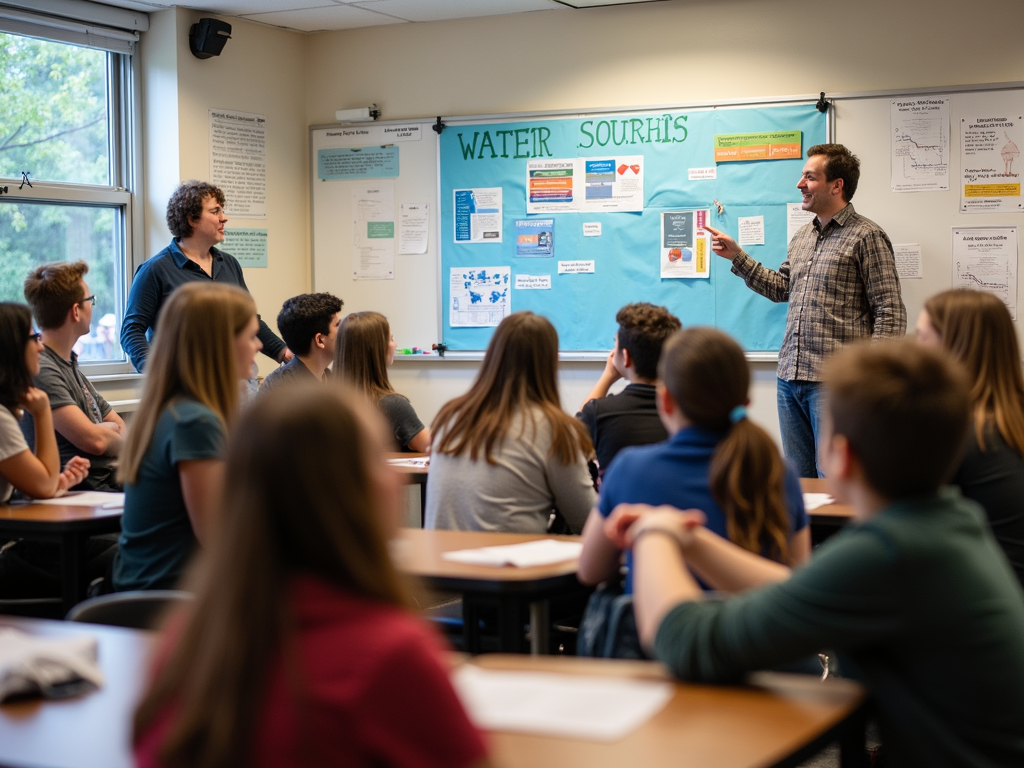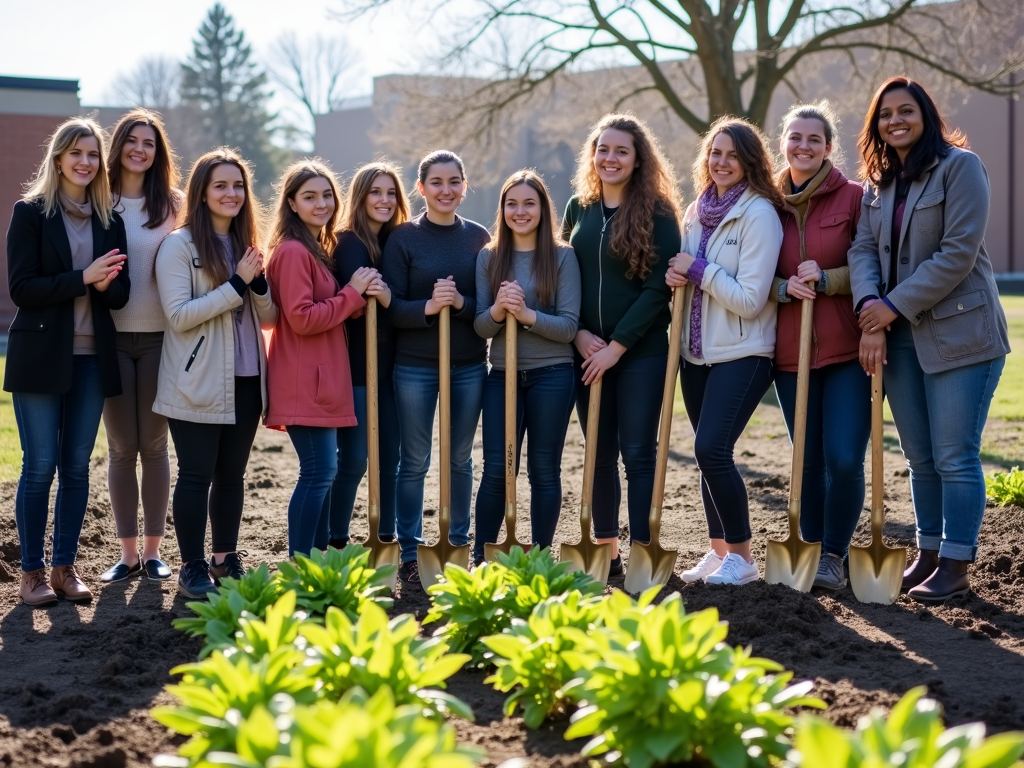Civic Engagement in Education: Best Practices
By , April 25, 2025
Overview: Civic engagement in education helps students become caring, active citizens. This article explores best practices for integrating volunteer work and service learning into academic curriculums, offering practical tips and showing how these efforts benefit everyone involved.

What is Civic Engagement in Education?
Civic engagement in education means getting students involved in their communities while tying their schoolwork to real-life issues. It includes things like volunteer projects and service learning, where students tackle community needs as part of their studies.
Why does this matter? It teaches students empathy, responsibility, and practical skills, all while making classroom lessons more meaningful.
Why It’s Important
When students take part in civic engagement, they see how their actions can make a difference. For example, a math class might calculate the budget for a local charity event, blending numbers with purpose. This hands-on approach boosts learning and prepares them for life beyond school.

Best Practices for Civic Engagement
Service Learning
Service learning combines school lessons with community service. Students might study science by testing local water quality, then share their findings with the town. This method deepens understanding and builds a sense of duty.
Learn more about service learning benefits from the Corporation for National and Community Service.
Volunteer Programs
Schools can set up volunteer opportunities, like clean-up days or tutoring younger kids. These programs teach teamwork and leadership. I’ve seen quiet students shine when they lead a group to paint a community center—it’s inspiring!
Community Partnerships
Working with local groups, like nonprofits or city offices, opens doors for students. A school might team up with a food bank, letting students stock shelves while learning about hunger. Both sides win: students grow, and the community gets help.
Integrating Volunteer Work in Academic Curriculums
Make civic engagement part of the lesson plan. A history class could host a voter registration drive during an election unit. Align projects with what students are already studying—it saves time and adds depth.

Benefits of Civic Engagement
For Students
Students who join in often do better in school. A study from Campus Compact found they’re more engaged and likely to graduate. They also pick up skills like problem-solving and communication.
For Communities
Communities gain fresh ideas and energy from students. When a class built a playground in my town, neighbors came together to help. It wasn’t just a new slide—it was a stronger neighborhood.
Challenges and Solutions
Time is a big hurdle—school days are packed. One fix? Blend civic projects into existing lessons, like using English class to write letters for a cause. Another challenge is finding partners, so reach out to local groups early.

A Real Example
At Lincoln High, the 'Civic Scholars' program has students tackle local issues each year. One team started a recycling drive that cut school waste by 30%. Teachers guide them, but the kids lead—proof that service learning and civic engagement work together.
Tips to Get Started
Here’s how to bring civic engagement to your school:
- Start small: Try a one-day volunteer event.
- Ask students: Let them pick projects they care about.
- Reflect: Have them write or talk about what they learned.
These steps make it manageable and meaningful.
Wrapping Up
Civic engagement in education builds better students and communities. Through service learning, volunteer efforts, and smart partnerships, educators can spark change. It’s not just about grades—it’s about growing people who care and act.